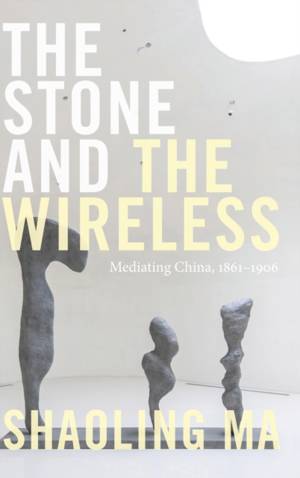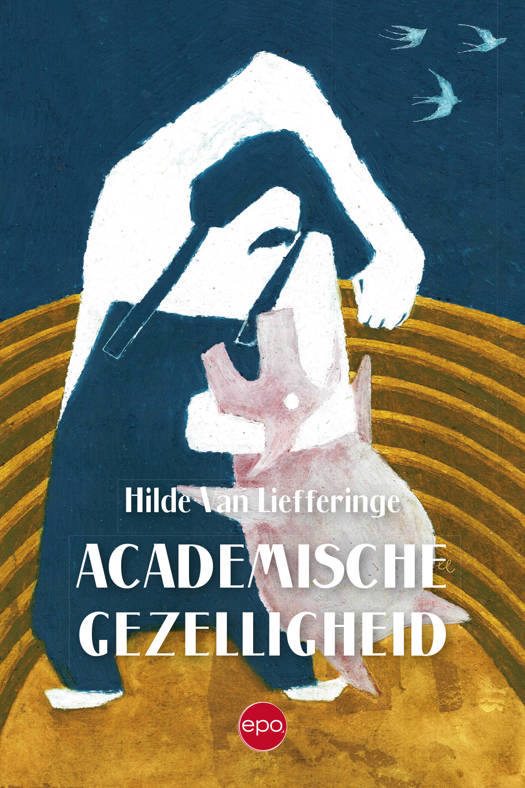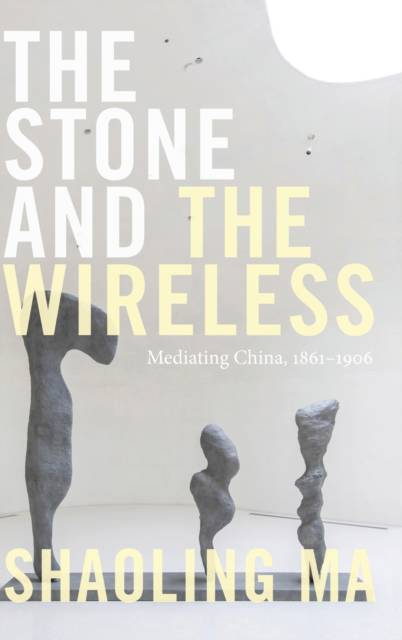
- Afhalen na 1 uur in een winkel met voorraad
- Gratis thuislevering in België vanaf € 30
- Ruim aanbod met 7 miljoen producten
- Afhalen na 1 uur in een winkel met voorraad
- Gratis thuislevering in België vanaf € 30
- Ruim aanbod met 7 miljoen producten
Zoeken
Omschrijving
In the final decades of the Manchu Qing dynasty in China, technologies such as the phonograph, telephone, telegraph, and photography were both new and foreign. In The Stone and the Wireless Shaoling Ma analyzes diplomatic diaries, early science fiction, feminist poetry, photography, telegrams, and other archival texts, and shows how writers, intellectuals, reformers, and revolutionaries theorized what media does despite lacking a vocabulary to do so. Media defines the dynamics between technologies and their social or cultural forms, between devices or communicative processes and their representations in texts and images. More than simply reexamining late Qing China's political upheavals and modernizing energies through the lens of media, Ma shows that a new culture of mediation was helping to shape the very distinctions between politics, gender dynamics, economics, and science and technology. Ma contends that mediation lies not only at the heart of Chinese media history but of media history writ large.
Specificaties
Betrokkenen
- Auteur(s):
- Uitgeverij:
Inhoud
- Aantal bladzijden:
- 312
- Taal:
- Engels
- Reeks:
Eigenschappen
- Productcode (EAN):
- 9781478010463
- Verschijningsdatum:
- 11/06/2021
- Uitvoering:
- Hardcover
- Formaat:
- Genaaid
- Afmetingen:
- 152 mm x 229 mm
- Gewicht:
- 585 g

Alleen bij Standaard Boekhandel
+ 347 punten op je klantenkaart van Standaard Boekhandel
Beoordelingen
We publiceren alleen reviews die voldoen aan de voorwaarden voor reviews. Bekijk onze voorwaarden voor reviews.











